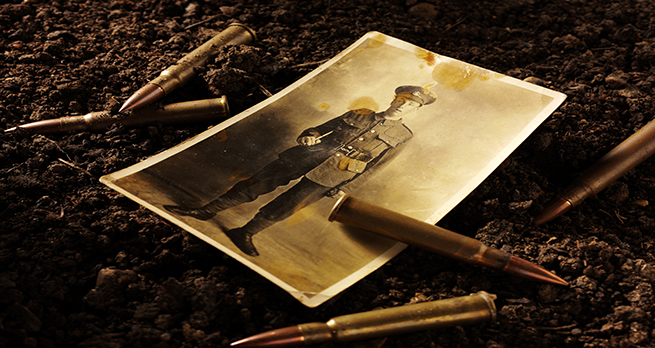1.2.3 Discussing shell shock

In the video in the previous section, Fiona Reid explained that ‘shell shock’ was an imprecise term used during the First World War to describe a variety of symptoms, ranging from stammering and tremors through to more serious forms of mental breakdown. Due to this imprecision, the medical authorities were keen to ban the term, but the phrase endured because it made sense to people.
Reid also noted how shell shock could be associated with a loss of masculinity – men were expected to keep control of their nerves – but this did not necessarily mean that they were treated unsympathetically, particularly if they had previously shown bravery in battle. Shell shock was also frequently associated with very young men, and public attitudes were often more understanding in these instances.
We have not really talked about women here, but you might want to reflect on how women might have been affected by shell shock? Certainly, caring for mentally damaged men was often the role that fell to women, and they would have had to learn how to deal with shell-shocked loved ones. But they may of course also have suffered similar illnesses, for example if exposed to bombing on the home front, after serving as nurses on the front, or after having suffered atrocities at the hands of soldiers.
